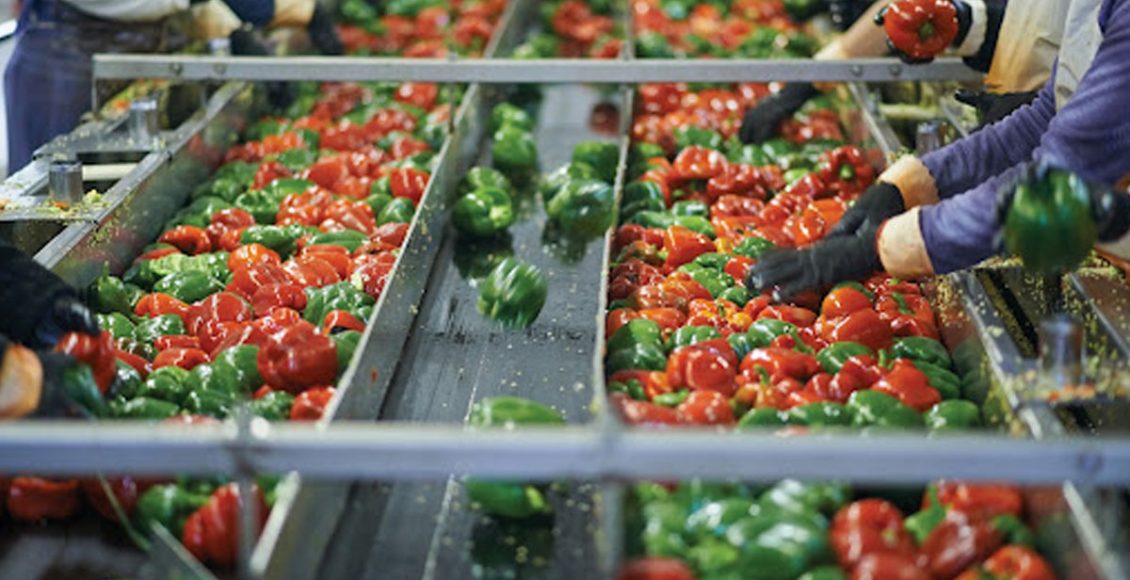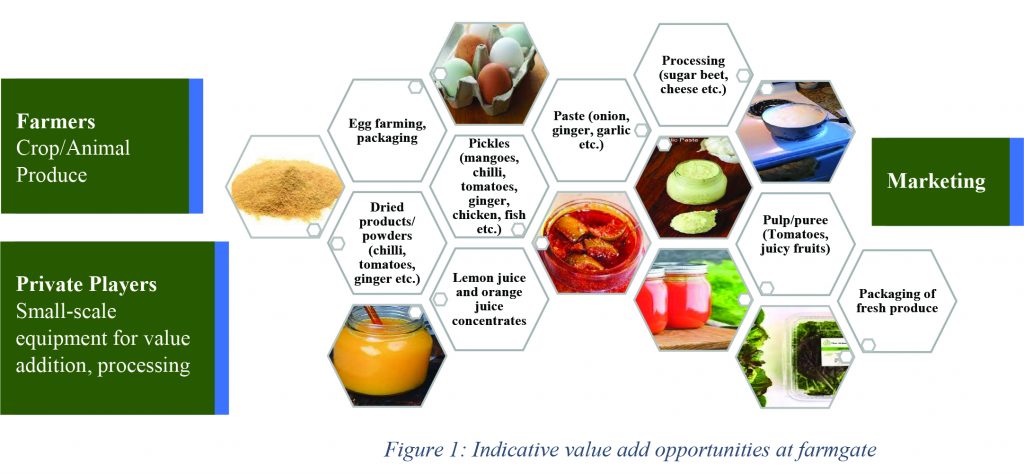
Farmgate Value Addition: Critical for increasing farm income and rural growth
Any crop produce passes through various steps of value addition or processing, before it is transformed into a marketable product, and some of these steps in crop value chain lead to losses. However, the losses due to storage, packaging, transport, and postharvest handling are prevalent, especially in perishable commodities like fruits and vegetables. The Sustainable Development Goal (12.3) aims to halve the per capita global food waste and losses by 2030. The food losses at the farmgate are not documented in the definition of food losses. The farmgate value addition is an approach that can be adopted both for value addition and to reduce postharvest losses.
Value addition can be defined as taking a raw product to the next production stage. It can be achieved through membership in a cooperative that processes your products, e.g. Amul, a cooperative cotton gin, or it could be as elaborate as going all the way to the consumer with a “case-ready” food product, e.g. Urban FarmFesh supplying fresh produce directly to consumers. The farmgate value addition has numerous opportunities for farmers and private sector players. The farmers can add incremental value to the crop produce and increase their profitability. In contrast, private players can benefit by developing innovative small-scale equipment for the farmers and linking the value-added products to the market. If properly adopted and implemented by the stakeholders in the agri-food value chain, farmgate value addition can become a multi-million dollar industry. The development of farmgate infrastructure through the Agri-Infrastructure Fund (AIF) is one such step in this direction.[1] An indicative list of the value addition opportunities for farmers either as individuals or as a cooperative is shown in Figure 1.

An example of such an initiative is the purchase and deployment of mobile processing units (MPUs) to help farmers make value-added products from fresh fruits and vegetables at their doorstep. The MPUs can do on-farm processing of fruits and vegetables, including tomato, grapes, apple, guava, papaya, banana and mango, bringing more profit to the farmers. Adding value to farmgate products can become critical for rural growth by enhancing farm income and employment in value addition/processing. One critical element before producers can examine value-added processing and marketing is cost minimization in production that should be achieved, as adding value cannot replace the efficiencies of economies of scale. Once the farmgate value addition reaches a certain stage, a study to document the pros and cons of the approach will help in wider adaptability.
[1] Farmgate Infrastructure Development a prelude to Enhance Economic Profile of farmers
Author

Connect with Authors at: E-mail agribusiness@sathguru.com.
 Grow Beyond
Grow Beyond 

